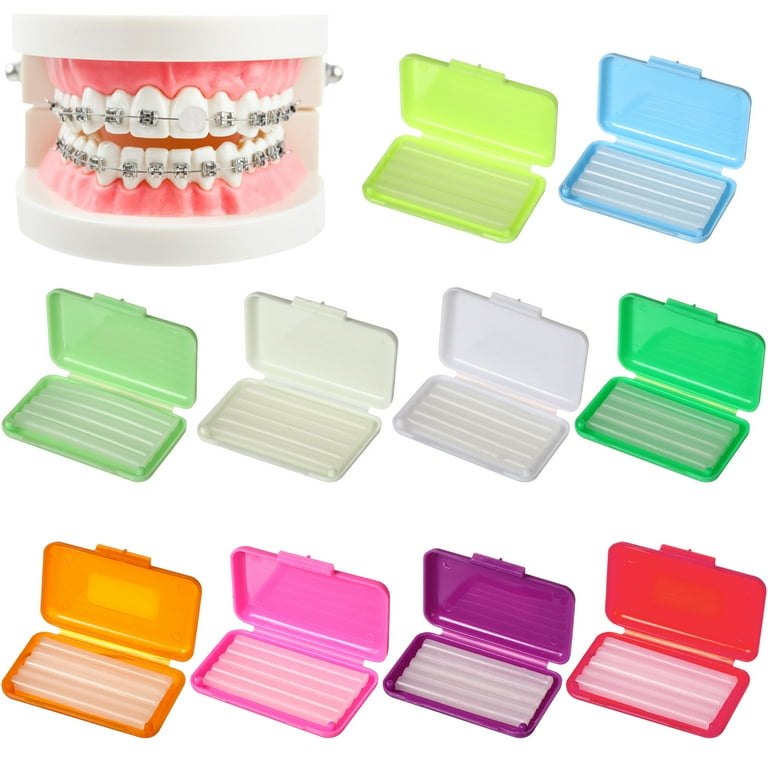Comprehensive Overview to Orthodontics Treatments for Correcting Dental Imbalances
In the realm of orthodontics, the journey to accomplishing a flawlessly aligned smile includes a myriad of treatments customized to correct dental imbalances. From traditional dental braces to invisible aligners and even medical alternatives, the field of orthodontics provides a variety of remedies to address varying degrees of dental abnormalities. Recognizing the intricacies of each procedure, including their systems, advantages, and possible downsides, is crucial in making informed decisions regarding one's orthodontic therapy. As we browse via the comprehensive guide to orthodontic procedures for fixing dental misalignments, the complex details of each technique will unfold, clarifying the course towards a unified and practical oral placement.
Orthodontic Procedures Summary

Routine changes and tracking are essential parts of orthodontic therapy to make certain progress is on track and to make any required adjustments along the means. By undertaking orthodontic treatments, patients can not only achieve a straighter smile but likewise enhance their general dental health and wellness and feature.
Standard Dental Braces: Just How They Function
When taking into consideration orthodontic treatments for oral misalignments, standard braces stand out as a reliable method for dealing with teeth positioning. Typical braces are composed of brackets, cables, and bands that work together to use continuous stress on the teeth, gradually moving them right into the desired positioning.
One key element of just how conventional dental braces work is the procedure of bone improvement. As pressure is put on the teeth with the braces, the bone bordering the teeth is reshaped to sustain the new tooth placements. This renovation is essential for the long-lasting security of the corrected positioning. People will require routine changes at the orthodontist's office to make sure the dental braces remain to use the correct pressure for efficient teeth motion.
Undetectable Aligners: Disadvantages and pros
Unnoticeable aligners provide a discreet and practical option to conventional braces for fixing dental misalignments. These clear, customized trays are practically undetectable when used, making them an attractive choice for people seeking a more aesthetically pleasing orthodontic treatment. Among the key advantages of unnoticeable aligners is their removability, permitting for easier maintenance of dental health contrasted to traditional braces. Patients can remove the aligners before eating or brushing their teeth, reducing the risk of food getting stuck in the home appliance and simplifying the cleaning procedure.

Surgical Orthodontic Options
Surgical interventions in orthodontics existing sensible options for attending to complex oral misalignments that may not be successfully resolved with standard orthodontic treatments. While typical braces and invisible aligners can remedy numerous orthodontic concerns, certain situations call for surgical treatment to achieve optimal outcomes. Surgical orthodontic alternatives are typically advised for extreme malocclusions, substantial jaw inconsistencies, and situations where the underlying bone structure needs modification to attain correct positioning.
One typical surgical orthodontic procedure is orthognathic surgery, which involves rearranging the jaws to deal with practical problems such as problem chewing or speaking. This surgical treatment is commonly done in collaboration with an orthodontist who aids line up the teeth prior to and after the procedure. Surgical orthodontics may likewise involve treatments to reveal affected teeth, remove excess periodontal cells, or reshape the jawbone to develop a much more harmonious facial profile.
Before considering surgical orthodontic choices, people go through a detailed examination to determine the necessity and potential advantages of such interventions. cumming orthodontist. While surgery might seem overwhelming, it can substantially improve both the feature and visual appeals of the smile in instances where conventional orthodontic treatments drop short
Retainers and Post-Treatment Care

Post-treatment care involves complying with the orthodontist's instructions vigilantly. This might include appropriate Get More Info oral hygiene techniques, participating in follow-up appointments, and using the retainers as suggested. Failure to abide by post-treatment care guidelines can result in regression, where find more the teeth gradually relocate back towards their initial settings. Consistent retainer wear, excellent oral health, and routine dental exams are vital for maintaining the outcomes achieved via orthodontic surgical treatment and guaranteeing the long-term security of the remedied dental placement.
Final Thought
In verdict, orthodontic procedures supply numerous options for fixing dental imbalances. Typical dental braces make use of metal braces and wires to move teeth right into correct alignment. Invisible aligners give a more discreet choice yet might not appropriate for all instances. Surgical orthodontic options are offered for much more severe imbalances. Retainers are frequently used post-treatment to keep the new alignment. On the whole, orthodontic treatments can efficiently improve oral health and visual appearance.
As we navigate via the detailed overview to orthodontic procedures for dealing with oral misalignments, the detailed details of each approach will unravel, shedding what does a dentist do light on the course toward a practical and harmonious dental placement. - cumming braces
One of the most typical orthodontic treatments is the use of braces, which consist of metal brackets and wires that use gentle stress to gradually move teeth into the wanted position.When thinking about orthodontic treatments for dental imbalances, traditional braces stand out as a reliable technique for dealing with teeth positioning. In addition, invisible aligners might not be ideal for intricate orthodontic concerns that need more substantial teeth movement, as they are normally advised for mild to moderate instances. Retainers are customized orthodontic gadgets developed to hold teeth in their remedied positions after the completion of orthodontic treatment.